Home>Furniture & Design>Bathroom Accessories>How To Remove Water From A Toilet Bowl
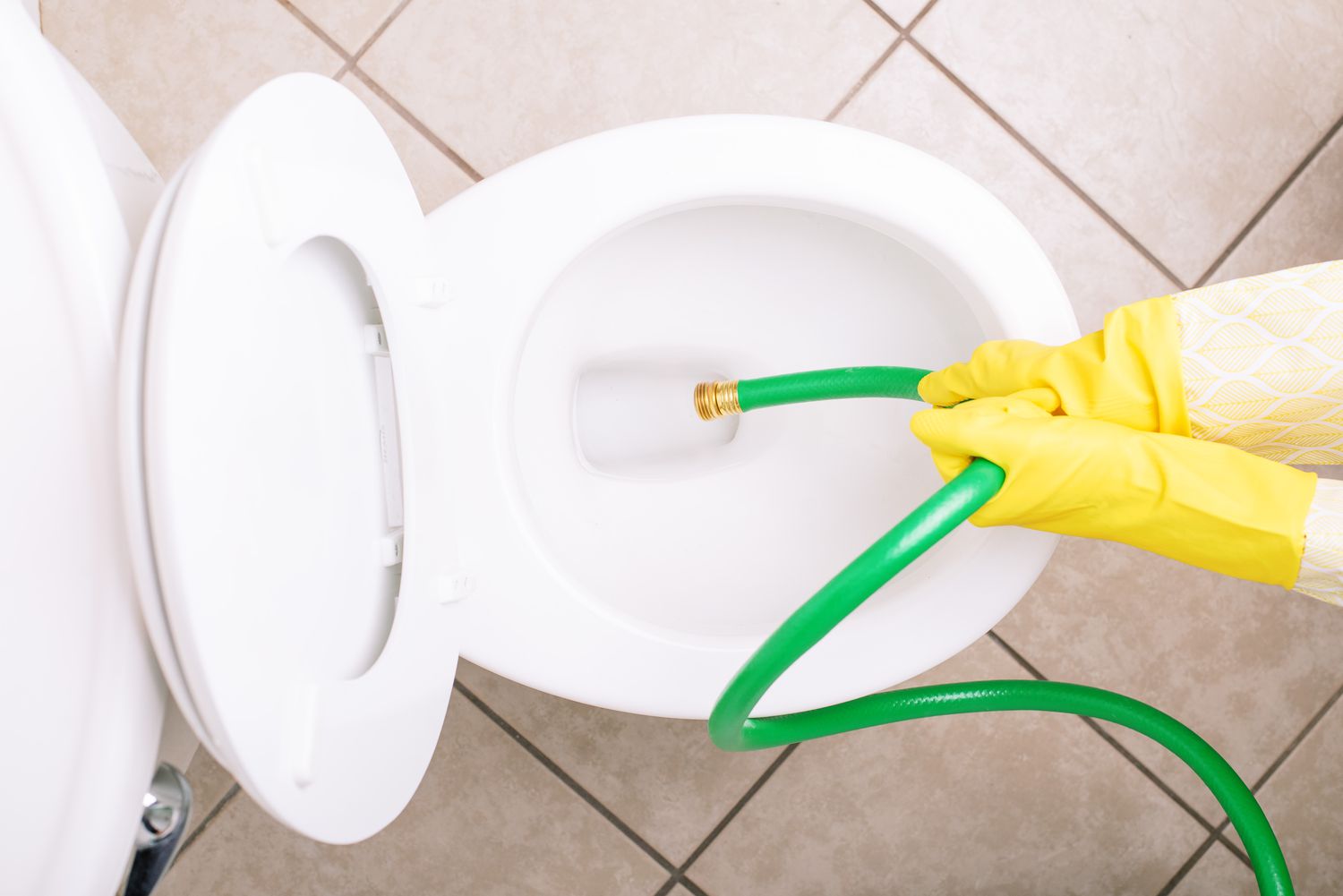

Bathroom Accessories
How To Remove Water From A Toilet Bowl
Modified: February 27, 2024
Learn effective methods for removing water from a toilet bowl with our expert tips and bathroom accessories. Keep your bathroom clean and functional.
(Many of the links in this article redirect to a specific reviewed product. Your purchase of these products through affiliate links helps to generate commission for Storables.com, at no extra cost. Learn more)
Introduction
Dealing with a clogged toilet can be a frustrating and unpleasant experience. One of the most common issues that homeowners encounter is a toilet bowl filled with water that refuses to drain. Whether it's due to a minor blockage or a more serious plumbing issue, knowing how to effectively remove water from a toilet bowl is a valuable skill that can save you time, money, and the hassle of dealing with a malfunctioning toilet.
In this comprehensive guide, we will explore various methods and techniques for removing water from a toilet bowl. From simple DIY solutions to professional interventions, you will learn the step-by-step process for addressing this common household problem. By following these instructions, you can regain control of your bathroom and restore your toilet to proper working condition.
So, if you're faced with a stubbornly filled toilet bowl and are unsure of how to tackle the issue, fear not. With the right tools, a bit of know-how, and a can-do attitude, you can effectively address the problem and restore your toilet to its fully functional state. Let's dive into the essential steps and techniques for removing water from a toilet bowl, empowering you to handle this inconvenience with confidence and ease.
Key Takeaways:
- Don’t panic if your toilet gets clogged! Use tools like a plunger or a wet/dry vacuum to remove water. If all else fails, call a professional plumber to fix the problem.
- Prevent future clogs by being careful about what you flush and doing regular maintenance. With the right tools and know-how, you can keep your toilet in tip-top shape!
Tools and Materials Needed
When it comes to addressing a water-filled toilet bowl, having the right tools and materials at your disposal is crucial for effectively resolving the issue. Here's a comprehensive list of items that you may need to tackle this common household problem:
-
Rubber Gloves: Before you begin any work on the toilet, it's essential to protect your hands with a pair of durable rubber gloves. These will shield your skin from potential contaminants and ensure a hygienic process.
-
Bucket: A sturdy bucket will come in handy for removing excess water from the toilet bowl. It's important to have a reliable container to collect and dispose of the water as you work on resolving the issue.
-
Plunger: A high-quality plunger is a fundamental tool for addressing toilet blockages. Look for a heavy-duty rubber plunger with a flange or fold-out cup design, as these are specifically designed for use on toilets and provide a strong seal for effective plunging.
-
Toilet Auger: Also known as a plumbing snake, a toilet auger is a specialized tool designed to clear stubborn clogs that a plunger can't handle. It features a long, flexible cable with a coiled end that can navigate through the toilet's drain to dislodge and remove blockages.
-
Wet/Dry Vacuum: A wet/dry vacuum with a versatile hose attachment can be used to suction out water from the toilet bowl. Ensure that the vacuum is suitable for handling water and debris, as this will expedite the water removal process.
-
Chemical Drain Cleaner: In some cases, a chemical drain cleaner may be necessary to dissolve persistent clogs and clear the toilet's drain. Opt for a product that is specifically formulated for toilet use and follow the manufacturer's instructions carefully.
-
Professional Plumber's Contact: If the issue persists despite your efforts, having the contact information of a reliable professional plumber on hand is essential. A skilled plumber can assess and address more complex plumbing issues that may be causing the water-filled toilet bowl.
By ensuring that you have these essential tools and materials readily available, you can approach the task of removing water from a toilet bowl with confidence and preparedness. With the right equipment at your disposal, you'll be well-equipped to tackle the issue effectively and restore your toilet to proper working order.
Step 1: Turn Off the Water Supply
The first step in addressing a water-filled toilet bowl is to turn off the water supply to the toilet. This crucial initial action helps prevent further water from entering the bowl and allows you to work on resolving the issue without the risk of additional flooding. Here's a detailed guide on how to effectively turn off the water supply to your toilet:
-
Locate the Shut-Off Valve: The shut-off valve is typically located on the wall behind the toilet or on the water pipe leading to the toilet tank. It is a small, oval-shaped valve that can be turned clockwise to shut off the water flow.
-
Turn Off the Valve: Using your hand or a pair of pliers, gently turn the valve clockwise until it is fully closed. This will stop the flow of water into the toilet tank and subsequently the bowl.
-
Check for Leaks: After closing the shut-off valve, it's important to check for any potential leaks around the valve or the water pipe. Ensure that the valve is fully closed and that there are no signs of water seepage.
By effectively turning off the water supply to the toilet, you create a controlled environment for addressing the water-filled bowl. This crucial step sets the stage for the subsequent actions you'll take to remove the excess water and resolve the underlying issue causing the blockage. With the water supply safely turned off, you can proceed with confidence to the next steps in the process, knowing that you have minimized the risk of further water-related complications.
Step 2: Remove Excess Water
After successfully turning off the water supply to the toilet, the next crucial step is to remove the excess water from the bowl. This is essential for creating a clear working space and facilitating the subsequent efforts to address the underlying cause of the blockage. Here's a detailed guide on how to effectively remove excess water from a toilet bowl:
-
Use a Bucket: Begin by scooping out as much water as possible using a sturdy bucket. Carefully lower the bucket into the toilet bowl and steadily lift it out, allowing the water to drain back into the bowl. Repeat this process until you have removed a significant portion of the excess water, minimizing the risk of spills and splashes.
-
Dispose of the Water: Once you've filled the bucket with water from the toilet bowl, carefully dispose of it in a nearby sink, bathtub, or floor drain. It's important to handle the water with care and avoid splashing or spilling it in the surrounding area.
-
Towel Absorption: For any remaining water in the bowl, use a thick, absorbent towel to soak it up. Gently press the towel against the inside of the bowl to absorb the water, wringing it out as needed and repeating the process until the bowl is relatively dry.
By effectively removing excess water from the toilet bowl, you create a more manageable environment for addressing the underlying blockage and restoring the toilet to proper working order. This essential step sets the stage for the subsequent methods and techniques that will be employed to resolve the issue, ensuring that you can proceed with the process confidently and efficiently.
With the excess water successfully removed, you are now ready to proceed to the next steps in the process, each bringing you closer to resolving the water-filled toilet bowl and regaining the functionality of your bathroom fixture.
Step 3: Use a Plunger
When faced with a water-filled toilet bowl, using a plunger is often the go-to method for addressing the issue. A plunger works by creating a seal around the drain opening and using suction to dislodge and remove the blockage causing the water to accumulate in the bowl. Here's a detailed guide on how to effectively use a plunger to tackle a water-filled toilet bowl:
-
Position the Plunger: Begin by positioning the plunger over the drain opening at the bottom of the toilet bowl. Ensure that the rubber cup of the plunger forms a tight seal around the opening, as this is crucial for generating the necessary suction.
-
Apply Firm Pressure: With the plunger in place, apply firm and consistent pressure by pushing down and then pulling up in a steady motion. This action helps create suction and dislodge the blockage, allowing water to flow through the drain and alleviate the water accumulation in the bowl.
-
Repeat the Process: Continue plunging the toilet in a steady and rhythmic manner, maintaining the seal and applying consistent pressure. It's important to be patient and persistent, as it may take several attempts to effectively dislodge the blockage and restore proper water flow.
-
Observe the Drainage: As you plunge, observe the water level in the bowl to see if it begins to drain. If the blockage is successfully dislodged, you should notice the water level decreasing as it flows through the drain.
-
Flush the Toilet: After successfully using the plunger, flush the toilet to see if the water drains properly. If the water flows down the drain and the bowl empties as expected, you have effectively resolved the issue using the plunger.
Using a plunger is often an effective and straightforward method for addressing minor toilet blockages that lead to a water-filled bowl. By following these steps and employing the proper plunging technique, you can effectively dislodge the blockage and restore the toilet to proper working order. If, however, the plunger does not yield the desired results, it may be necessary to explore alternative methods for resolving the issue, as outlined in the subsequent steps of this comprehensive guide.
Use a plunger to remove excess water from the toilet bowl. Place the plunger over the drain and push and pull to create suction, forcing the water to drain out. Repeat as needed.
Read more: How To Remove Hard Water Ring In Toilet Bowl
Step 4: Use a Toilet Auger
When a plunger fails to effectively clear a stubborn toilet blockage, a toilet auger, also known as a plumbing snake, becomes an invaluable tool for addressing the issue. This specialized device is designed to navigate through the toilet's drain to dislodge and remove persistent clogs that may be causing the water to accumulate in the bowl. Here's a detailed guide on how to effectively use a toilet auger to tackle a water-filled toilet bowl:
-
Prepare the Toilet Auger: Begin by extending the cable of the toilet auger to its full length, ensuring that the coiled end is securely in place. The length of the cable should be sufficient to reach the blockage within the toilet's drain without difficulty.
-
Insert the Auger into the Drain: Carefully insert the coiled end of the toilet auger into the toilet bowl's drain opening, ensuring that it goes in smoothly and does not encounter any obstructions. Slowly feed the cable into the drain while maintaining a firm grip on the auger's handle.
-
Navigate the Cable: As you insert the auger, gently rotate the handle in a clockwise motion. This action helps the coiled end of the auger navigate through the drain, allowing it to come into contact with and dislodge the blockage causing the water accumulation in the bowl.
-
Apply Gentle Pressure: Once the auger reaches the blockage, apply gentle but consistent pressure to encourage the coiled end to break through and grab onto the obstruction. Avoid using excessive force, as this can potentially damage the toilet's porcelain surface or the plumbing system.
-
Retract the Auger: After making contact with the blockage, slowly retract the auger's cable while continuing to rotate the handle. This motion helps dislodge and retrieve the obstruction, allowing it to be pulled out of the drain and effectively removed from the toilet's plumbing system.
-
Flush the Toilet: Following the use of the toilet auger, flush the toilet to see if the water drains properly. If the blockage has been successfully cleared, the water should flow down the drain, and the bowl should empty as expected.
Using a toilet auger provides a targeted and effective approach to addressing stubborn toilet blockages that may be causing the water-filled bowl. By following these steps and employing the proper technique, you can effectively dislodge and remove the persistent clog, restoring the toilet to proper working order. If, however, the toilet auger does not yield the desired results, it may be necessary to explore alternative methods for resolving the issue, as outlined in the subsequent steps of this comprehensive guide.
Step 5: Use a Wet/Dry Vacuum
When traditional methods such as plunging and using a toilet auger fail to effectively clear a water-filled toilet bowl, employing a wet/dry vacuum can provide an alternative approach to removing the excess water and addressing the underlying blockage. A wet/dry vacuum, equipped with a versatile hose attachment, is designed to handle both liquid and solid waste, making it a valuable tool for suctioning out water from the toilet bowl.
Here's a detailed guide on how to effectively use a wet/dry vacuum to tackle a water-filled toilet bowl:
-
Prepare the Wet/Dry Vacuum: Ensure that the wet/dry vacuum is set up for handling liquid waste by attaching the appropriate hose and nozzle for suctioning water. It's important to use a vacuum specifically designed for wet applications to avoid damage to the equipment.
-
Position the Vacuum Hose: Insert the vacuum hose into the toilet bowl, ensuring a secure and sealed connection with the opening. The hose should reach the bottom of the bowl to effectively suction out the water.
-
Activate the Vacuum: Turn on the wet/dry vacuum and set it to the appropriate mode for handling liquid waste. Begin the suctioning process by carefully maneuvering the hose within the bowl to remove the accumulated water.
-
Monitor the Suction: As the vacuum operates, monitor the water level in the bowl to gauge the effectiveness of the suctioning process. Ensure that the vacuum effectively removes the water, gradually lowering the level within the bowl.
-
Dispose of the Extracted Water: Once the vacuum has successfully suctioned out the water from the toilet bowl, carefully dispose of the extracted liquid in a suitable drain or receptacle. It's important to handle the extracted water with care to prevent spills or splashes.
Using a wet/dry vacuum provides a practical and efficient method for removing excess water from a toilet bowl, especially when traditional techniques have proven ineffective. By following these steps and employing the proper vacuuming technique, you can effectively reduce the water level in the bowl, creating a clearer working space for addressing the underlying blockage.
If the water-filled toilet bowl persists despite utilizing a wet/dry vacuum, it may be necessary to explore additional methods or seek professional assistance to resolve the issue. Each step in this comprehensive guide offers a valuable approach to addressing the common problem of a water-filled toilet bowl, empowering homeowners to tackle the issue with confidence and resourcefulness.
Step 6: Use a Chemical Drain Cleaner
When traditional methods and tools have failed to alleviate a water-filled toilet bowl, the use of a chemical drain cleaner can serve as an alternative approach to addressing persistent blockages. Chemical drain cleaners are formulated to dissolve organic matter, hair, soap scum, and other common sources of toilet clogs, making them a valuable option for tackling stubborn obstructions.
Here's a detailed guide on how to effectively use a chemical drain cleaner to address a water-filled toilet bowl:
-
Select a Suitable Product: When choosing a chemical drain cleaner, opt for a product specifically formulated for toilet use. These cleaners are designed to be safe for use in porcelain fixtures and can effectively target and dissolve the types of clogs commonly found in toilet drains.
-
Read and Follow the Instructions: Before using the chemical drain cleaner, carefully read the manufacturer's instructions and safety guidelines. It's crucial to adhere to the recommended application method and dosage to ensure safe and effective usage.
-
Protective Gear: Prior to applying the chemical drain cleaner, don protective gear such as rubber gloves and safety goggles to shield your skin and eyes from potential contact with the cleaner.
-
Application: Carefully pour the recommended amount of the chemical drain cleaner into the toilet bowl, ensuring that it comes into contact with the water and the affected drain. Allow the cleaner to work according to the manufacturer's specified duration, typically ranging from 15 minutes to several hours, depending on the product.
-
Flush the Toilet: After the designated period has elapsed, flush the toilet to observe if the water drains properly. The chemical drain cleaner works to dissolve and dislodge the clog, allowing the water to flow through the drain and alleviate the accumulation in the bowl.
-
Repeat if Necessary: If the initial application does not yield the desired results, consider repeating the process as recommended by the manufacturer. It's important to exercise caution and avoid overuse of chemical drain cleaners, as excessive application can potentially damage plumbing components and fixtures.
Using a chemical drain cleaner provides a targeted and chemical-based approach to addressing persistent toilet blockages that may be causing the water-filled bowl. By following these steps and adhering to the manufacturer's instructions, you can effectively utilize a chemical drain cleaner to dissolve and remove stubborn clogs, restoring the toilet to proper working order.
If the water-filled toilet bowl persists despite utilizing a chemical drain cleaner, it may be necessary to explore additional methods or seek professional assistance to resolve the issue. Each step in this comprehensive guide offers a valuable approach to addressing the common problem of a water-filled toilet bowl, empowering homeowners to tackle the issue with confidence and resourcefulness.
Step 7: Call a Professional Plumber
If all previous attempts to remove water from the toilet bowl have proven unsuccessful, it may be time to seek the expertise of a professional plumber. A licensed plumber possesses the knowledge, experience, and specialized tools necessary to address complex plumbing issues that may be causing the persistent water accumulation in the toilet bowl.
When engaging the services of a professional plumber, homeowners can expect a thorough assessment of the toilet's plumbing system to identify the root cause of the blockage. The plumber will utilize diagnostic tools and techniques to pinpoint any obstructions, structural issues, or underlying plumbing malfunctions contributing to the water-filled bowl.
Upon identifying the source of the problem, the plumber will recommend and implement targeted solutions to effectively clear the blockage and restore proper drainage in the toilet. This may involve advanced drain-clearing methods, such as hydro-jetting to remove stubborn debris and buildup within the plumbing lines, or the use of specialized equipment to address more intricate obstructions.
Furthermore, a professional plumber can provide valuable insights and recommendations for preventing future toilet blockages and maintaining the optimal functionality of the plumbing system. By leveraging their expertise, homeowners can gain a deeper understanding of their toilet's plumbing dynamics and receive guidance on proactive maintenance practices to minimize the risk of recurring issues.
In addition to resolving the immediate concern of a water-filled toilet bowl, enlisting the services of a professional plumber offers the assurance of a comprehensive and lasting solution. By entrusting the task to a skilled professional, homeowners can mitigate the potential for further complications and ensure the long-term reliability of their toilet's plumbing infrastructure.
Ultimately, calling a professional plumber serves as a proactive and prudent approach to addressing persistent toilet blockages and water accumulation. By leveraging the expertise of a qualified plumbing professional, homeowners can gain peace of mind, knowing that their plumbing system is in capable hands and that the issue will be effectively resolved, restoring the toilet to its optimal working condition.
Conclusion
In conclusion, addressing a water-filled toilet bowl requires a systematic approach, utilizing a range of tools, techniques, and methods to effectively remove the excess water and resolve the underlying blockage. From turning off the water supply and removing excess water to employing plungers, toilet augers, wet/dry vacuums, chemical drain cleaners, and seeking professional plumbing assistance, homeowners have a comprehensive toolkit at their disposal to tackle this common household issue.
By following the step-by-step process outlined in this guide, individuals can approach the task of removing water from a toilet bowl with confidence and resourcefulness. Each method and tool serves as a valuable resource in addressing different levels of toilet blockages, empowering homeowners to navigate the challenge and restore their toilet to proper working order.
It's important to recognize that persistent water accumulation in a toilet bowl may indicate more complex plumbing issues that require professional intervention. In such cases, enlisting the expertise of a licensed plumber becomes essential for conducting a thorough assessment, identifying the root cause of the blockage, and implementing targeted solutions to restore proper drainage.
Furthermore, proactive maintenance practices, such as regular inspection of the toilet's plumbing system, proper waste disposal habits, and the use of drain guards, can help prevent future blockages and minimize the risk of water-filled toilet bowls.
Ultimately, by equipping themselves with the knowledge and tools necessary to address this common household inconvenience, homeowners can effectively navigate the challenge of a water-filled toilet bowl and maintain the optimal functionality of their bathroom fixtures. With a proactive and informed approach, individuals can confidently address this issue, ensuring the comfort and convenience of their home environment.
Frequently Asked Questions about How To Remove Water From A Toilet Bowl
Was this page helpful?
At Storables.com, we guarantee accurate and reliable information. Our content, validated by Expert Board Contributors, is crafted following stringent Editorial Policies. We're committed to providing you with well-researched, expert-backed insights for all your informational needs.
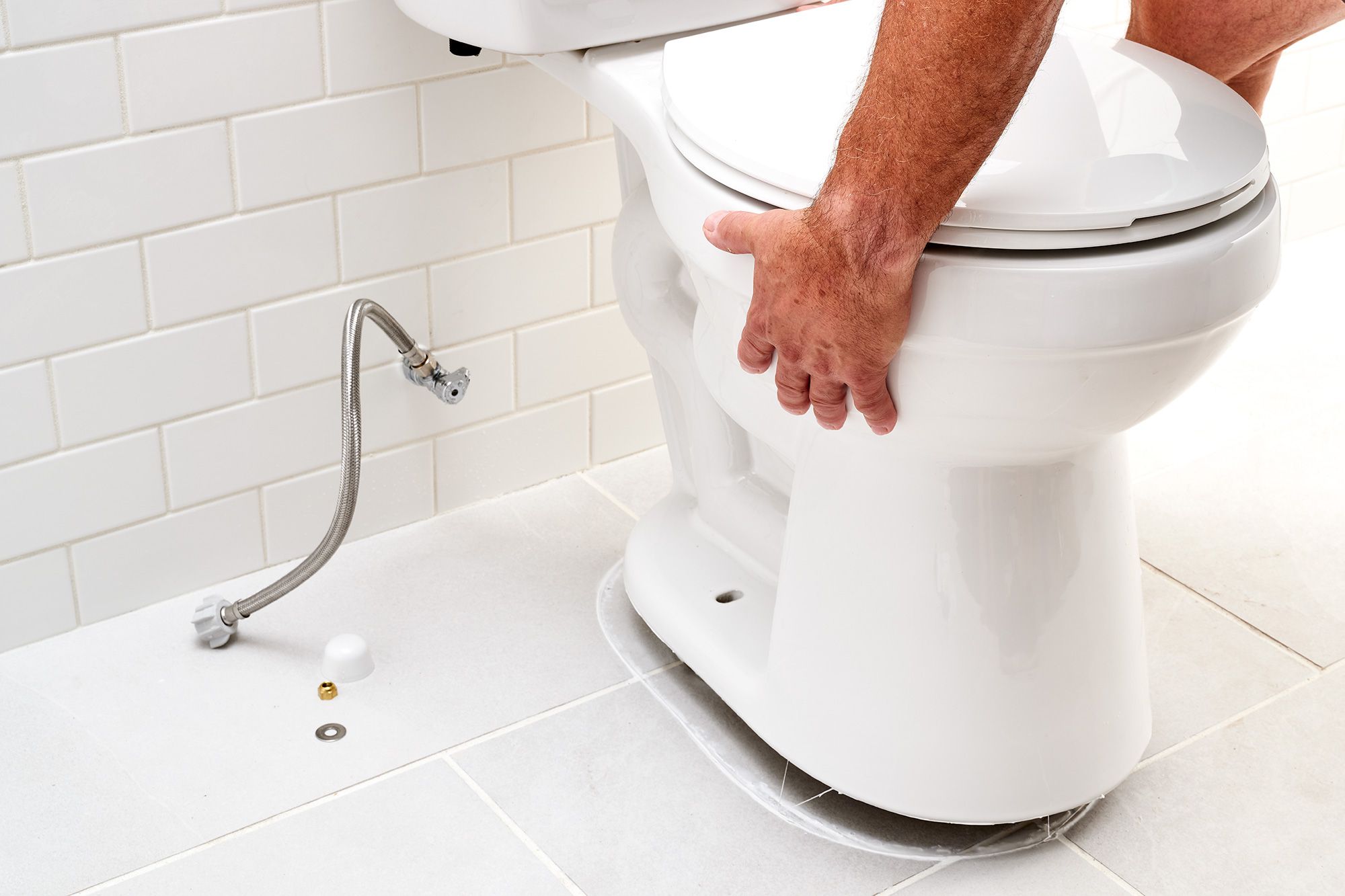
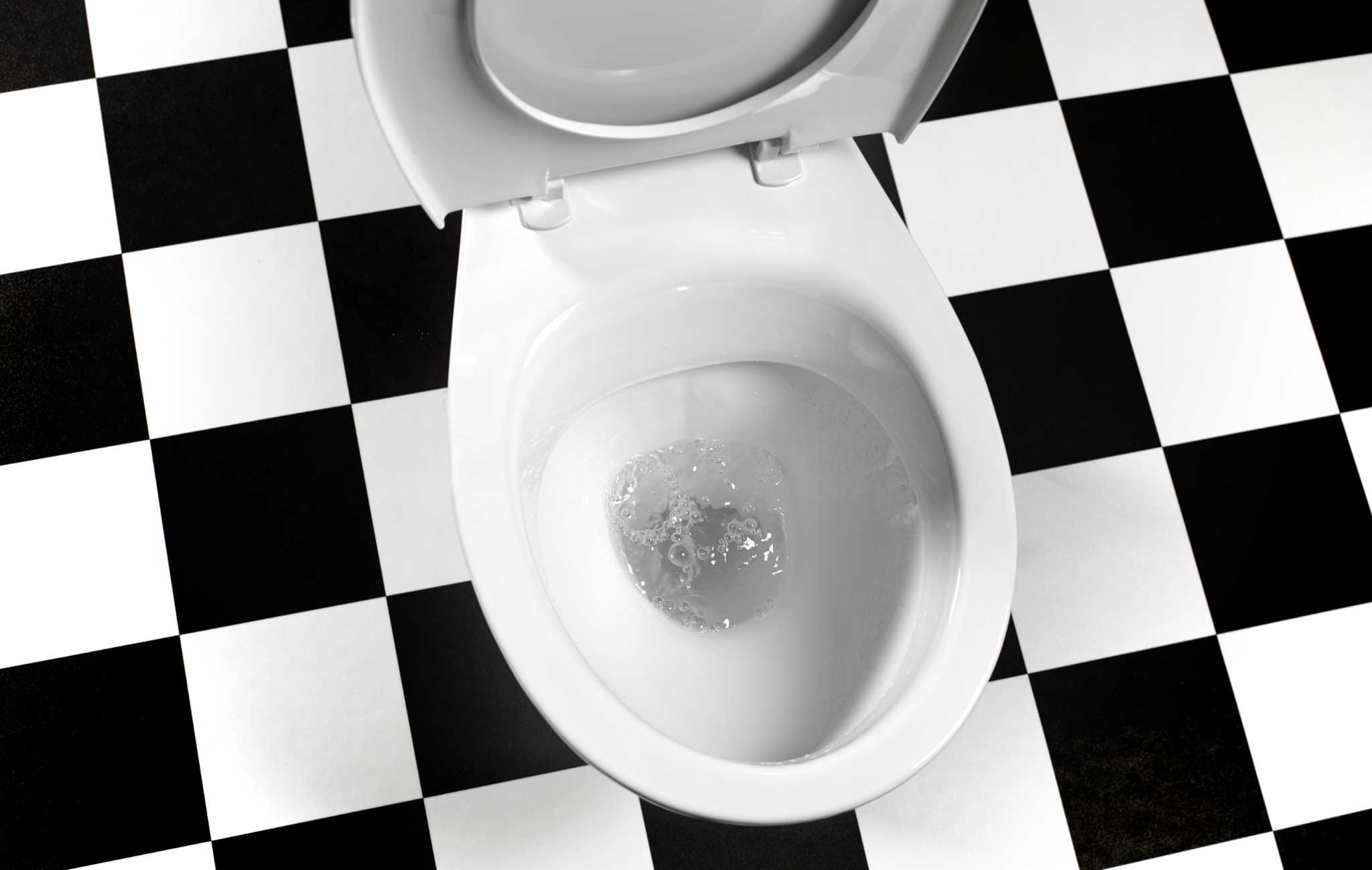
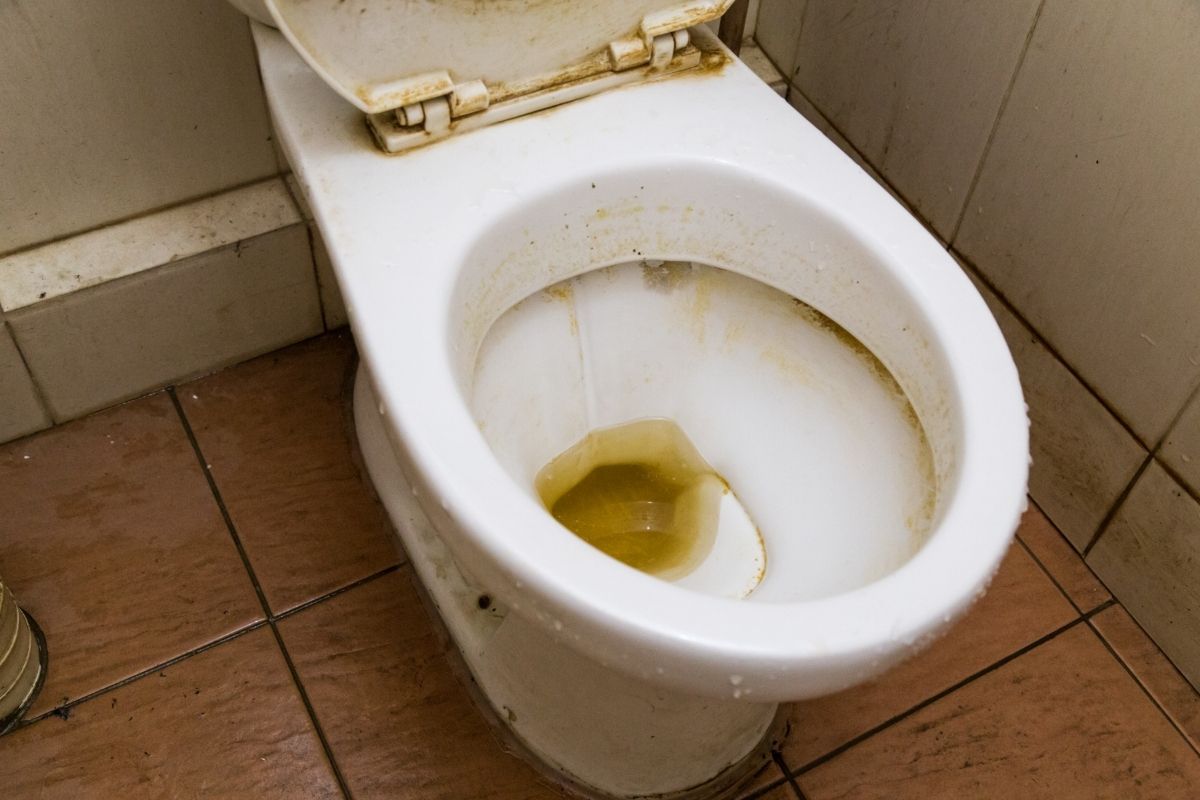
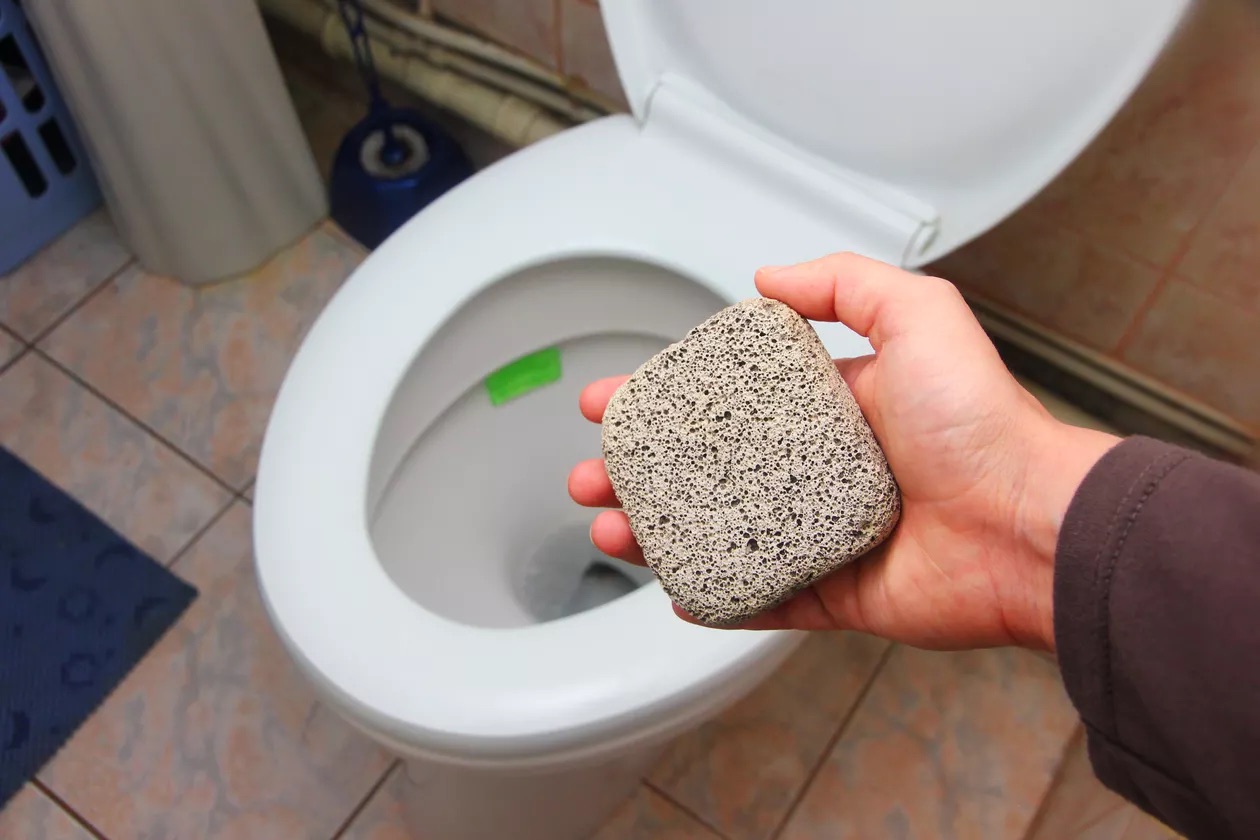
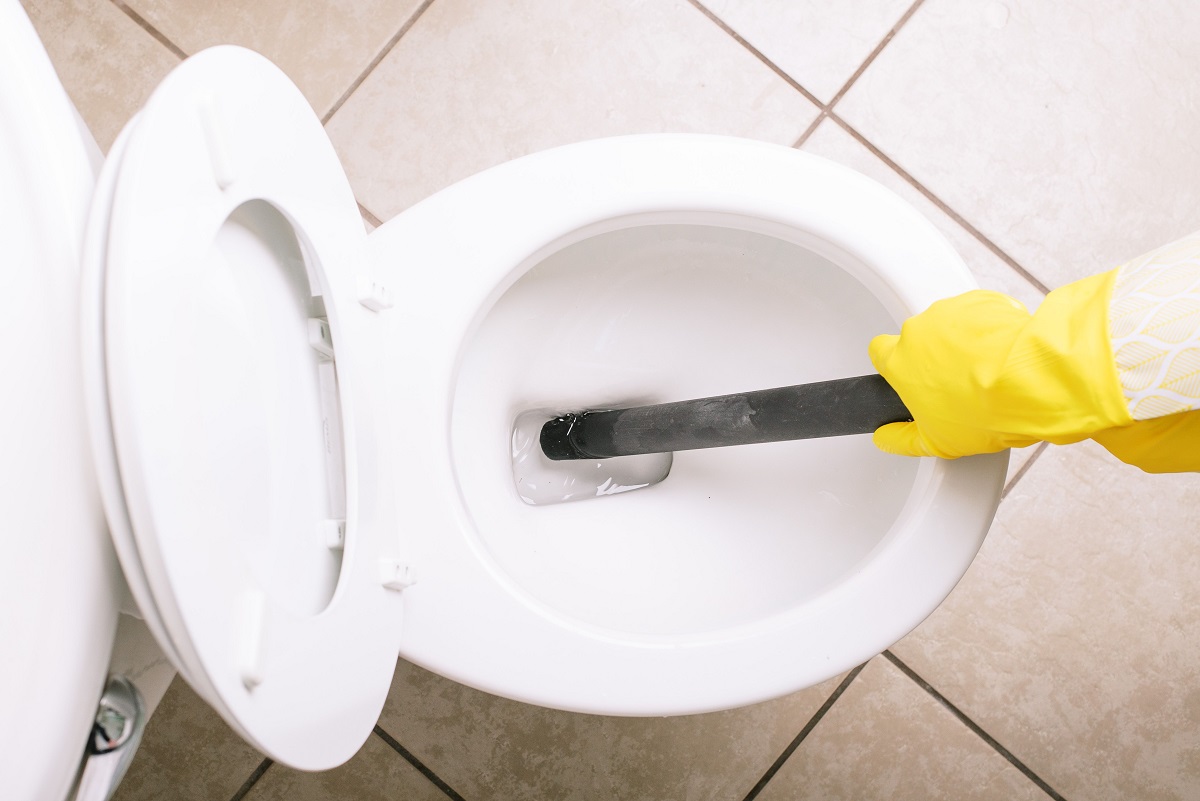
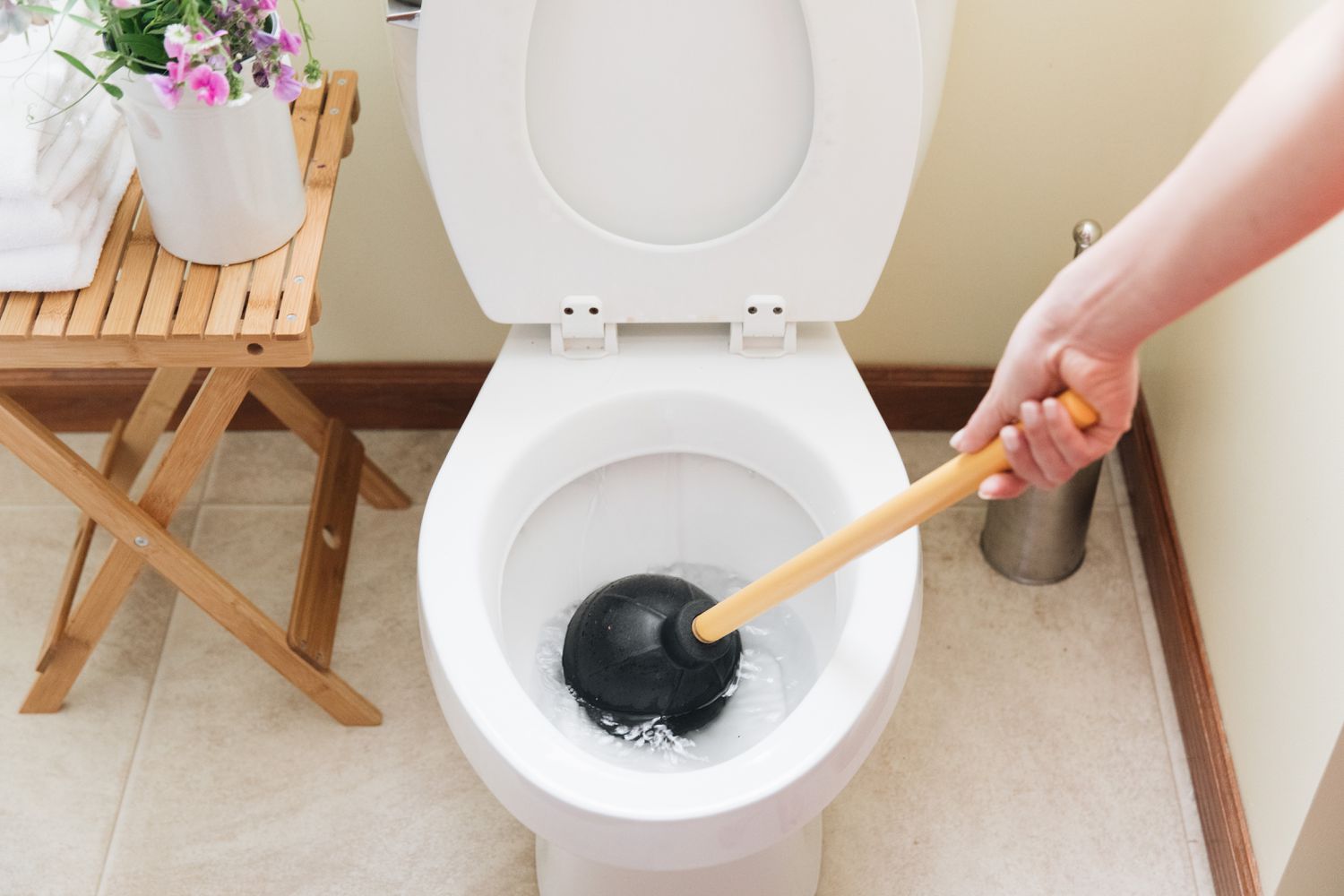
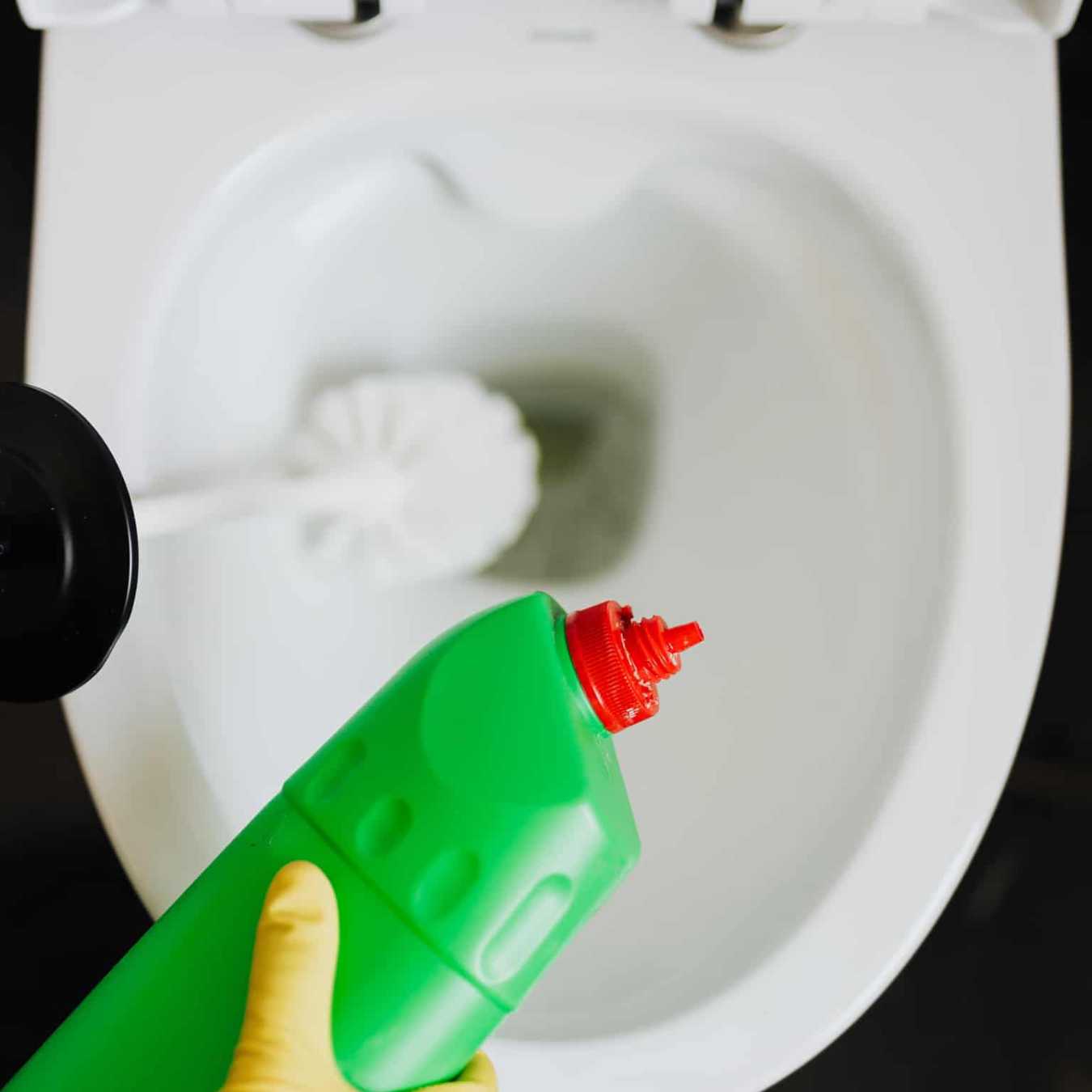
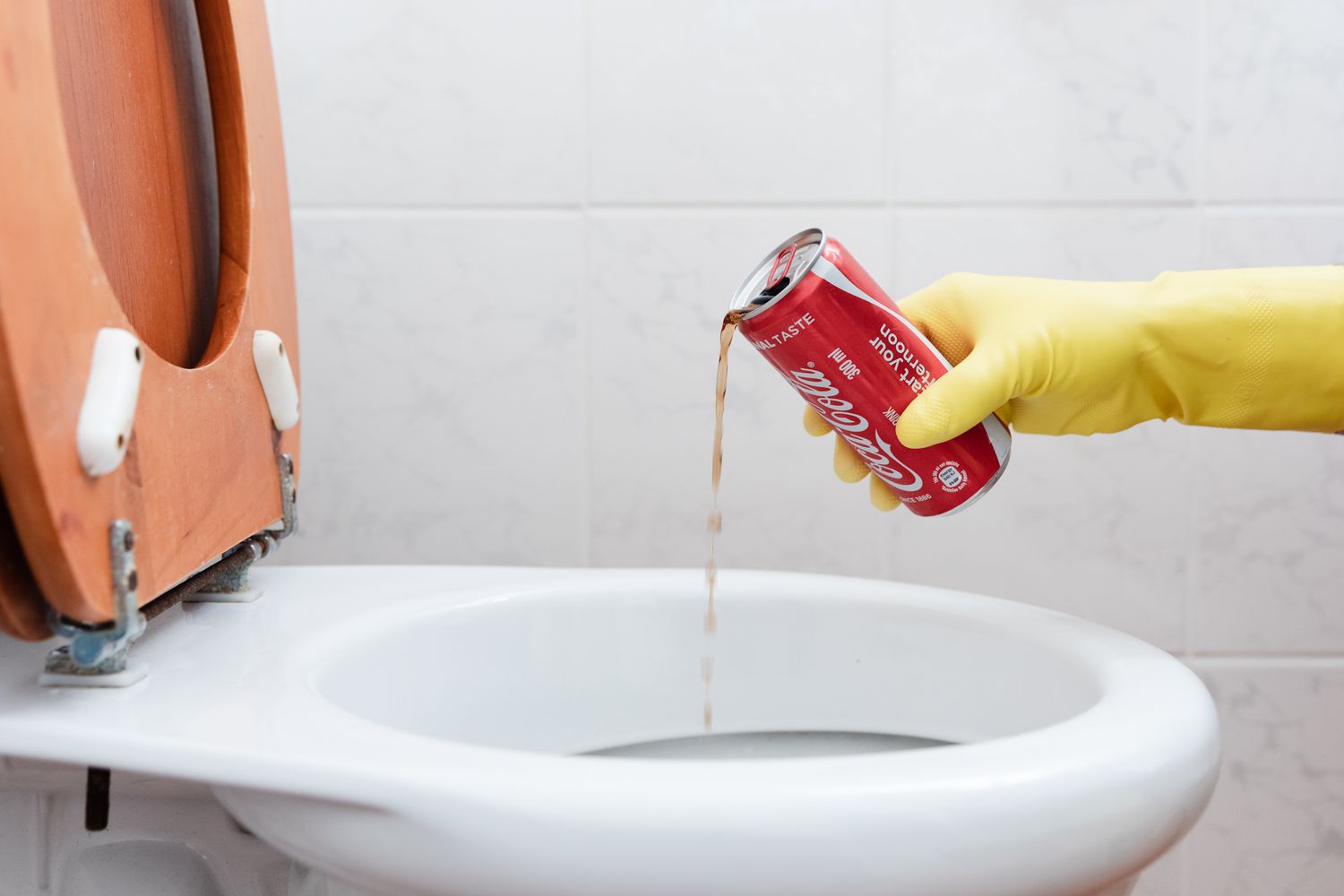
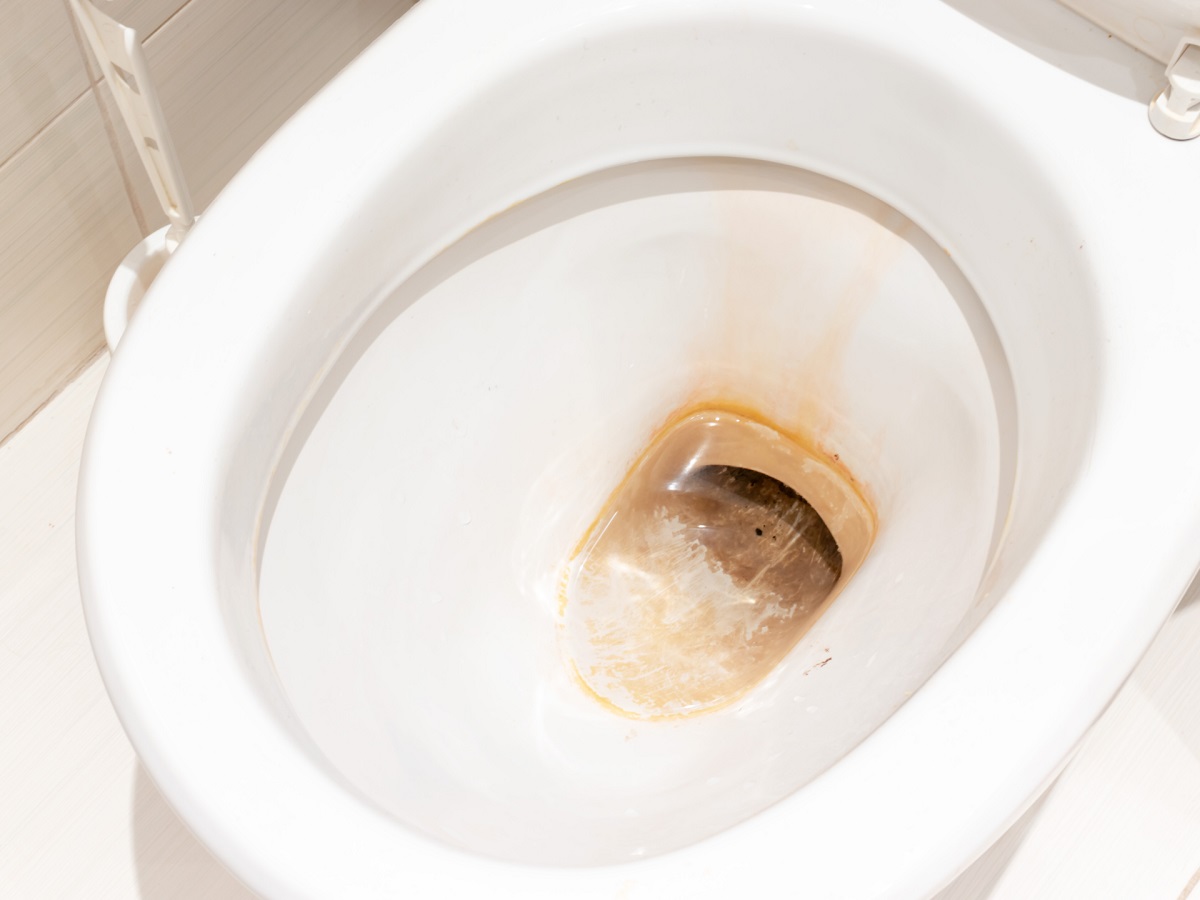
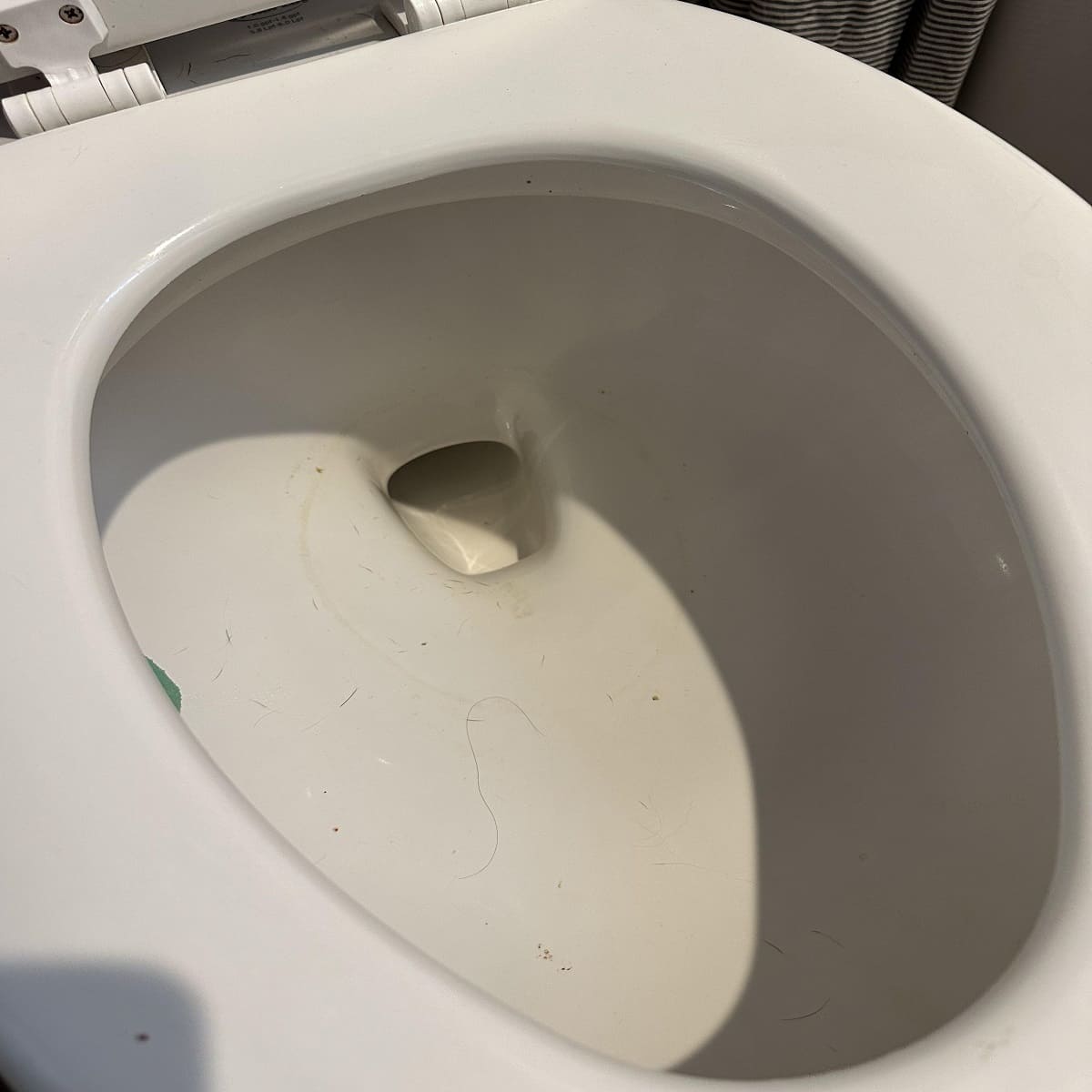
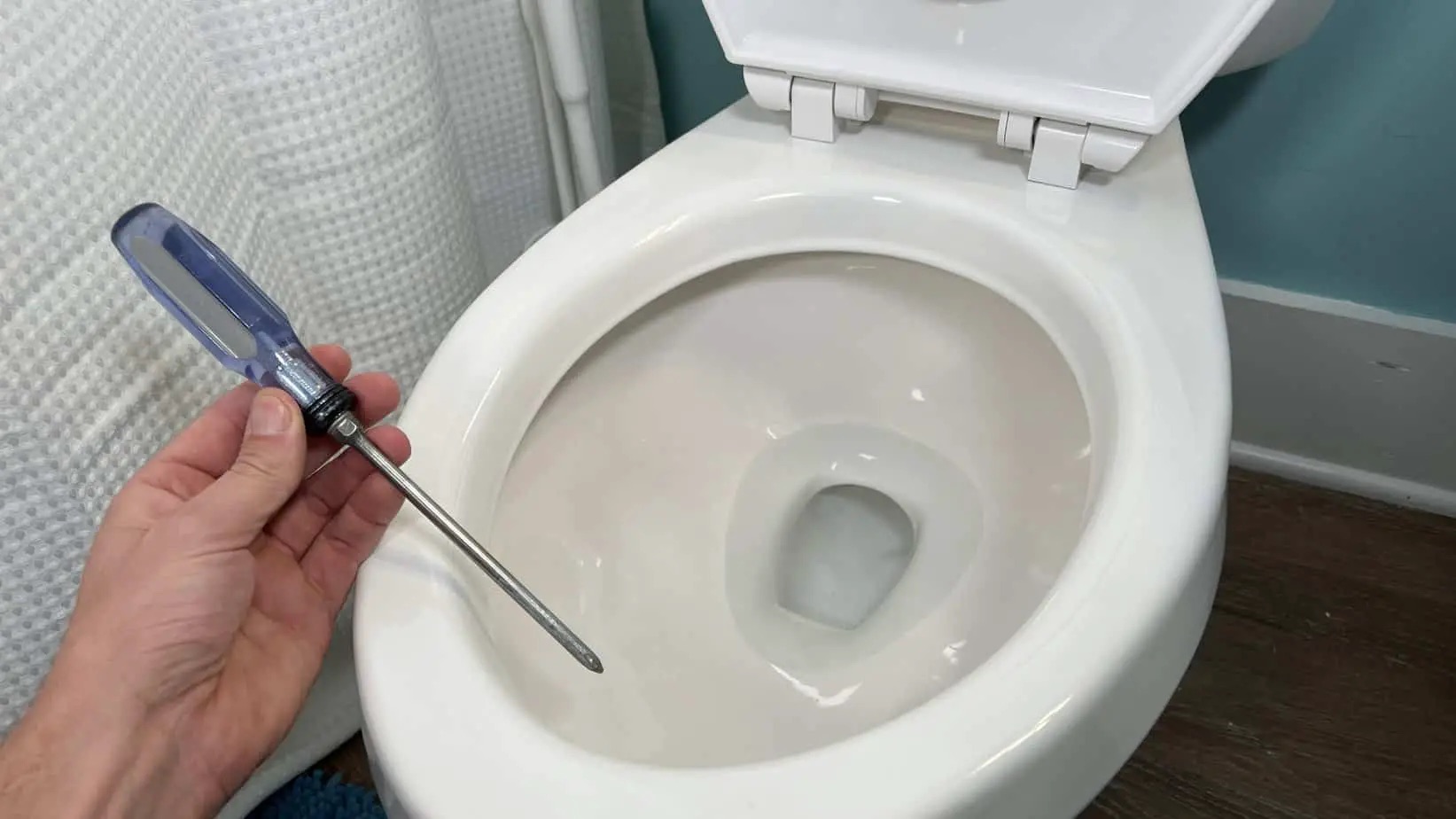
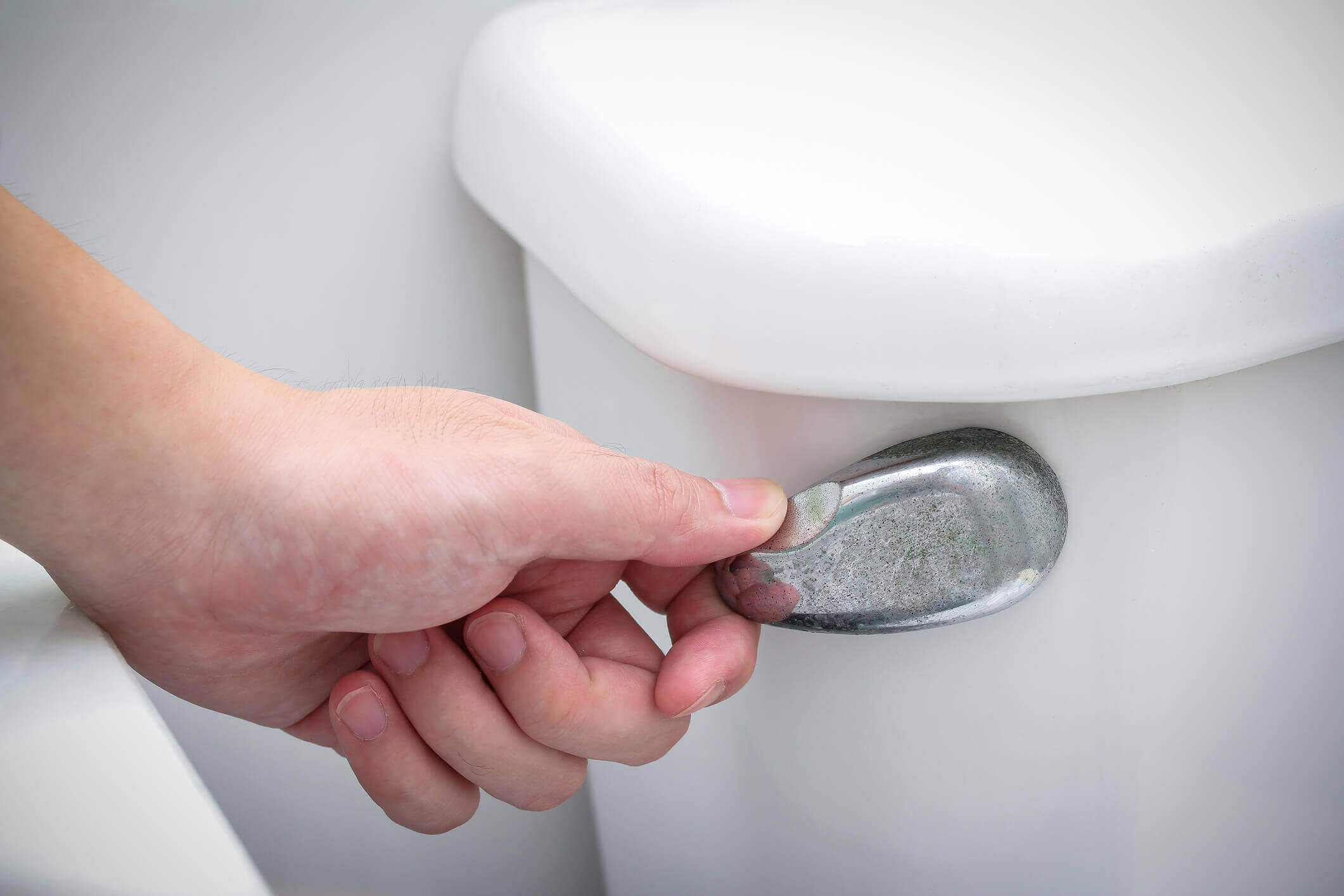
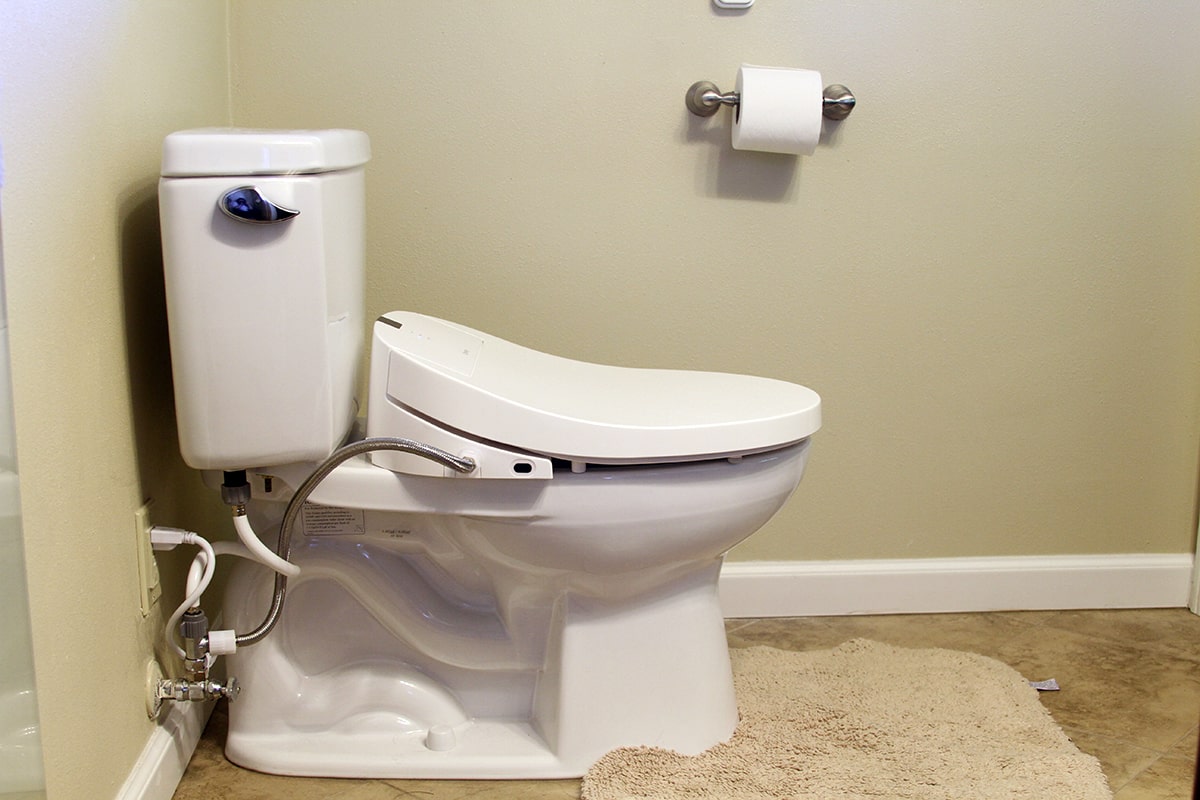

0 thoughts on “How To Remove Water From A Toilet Bowl”